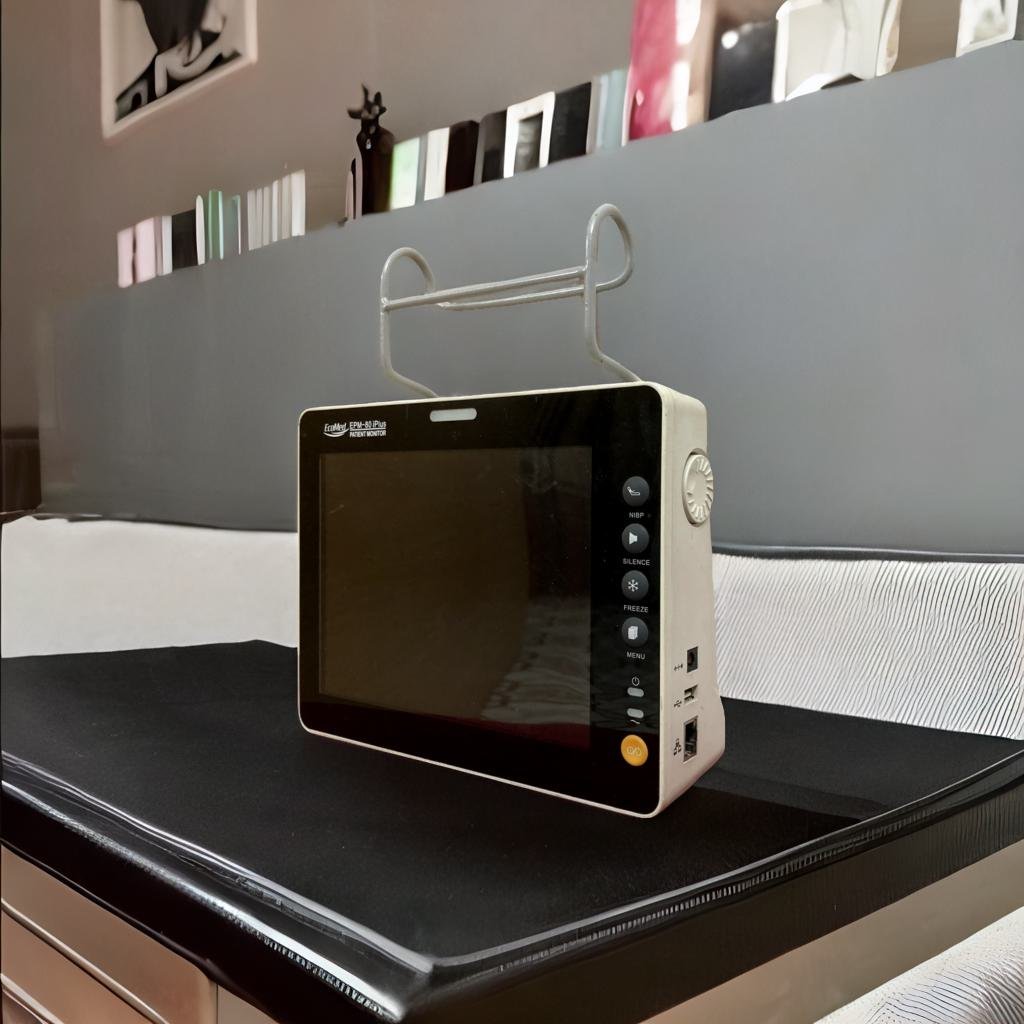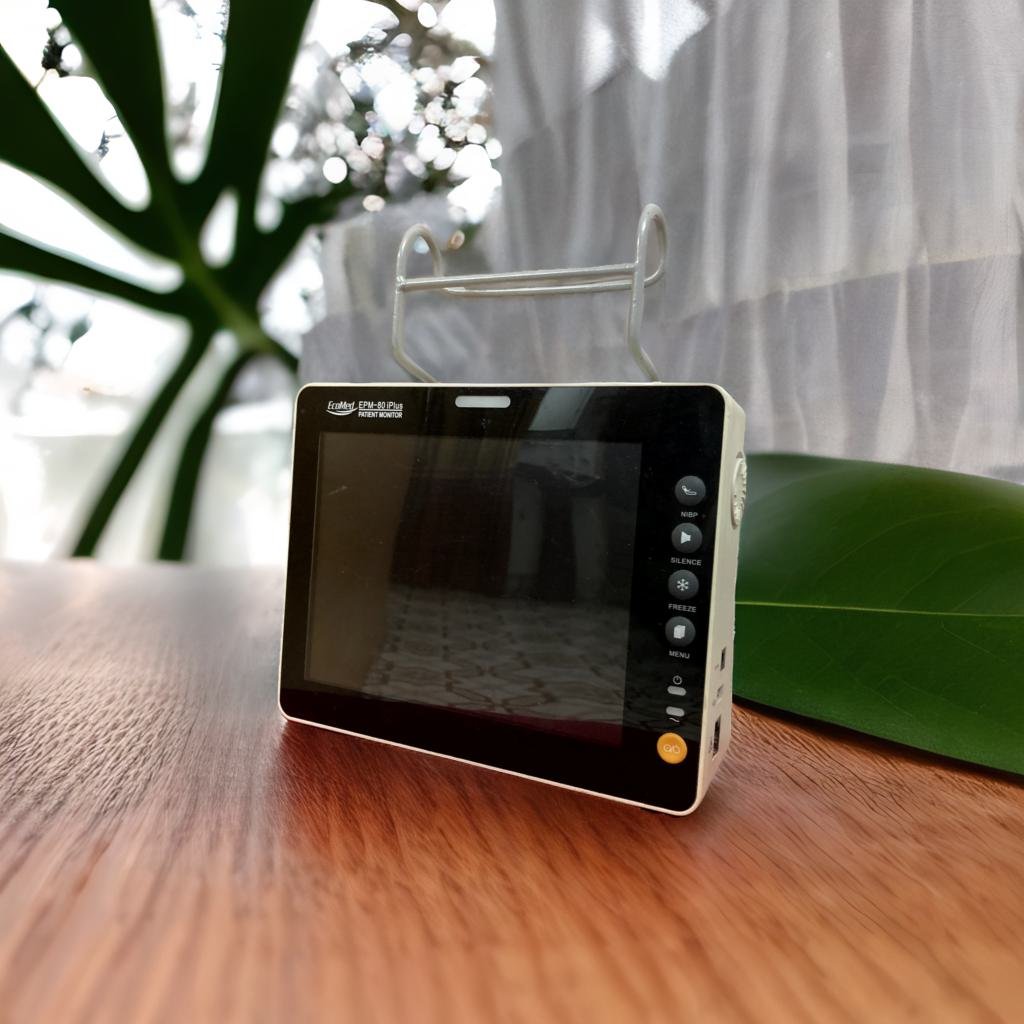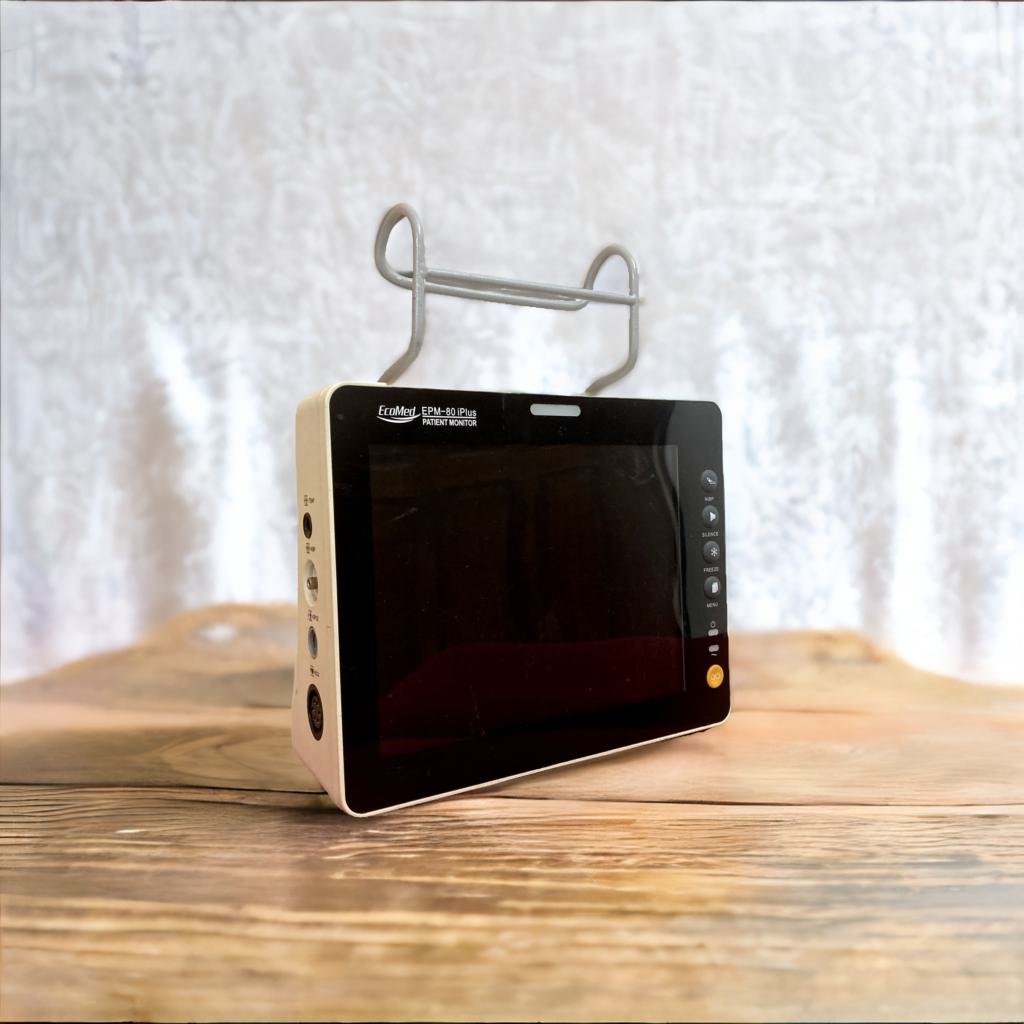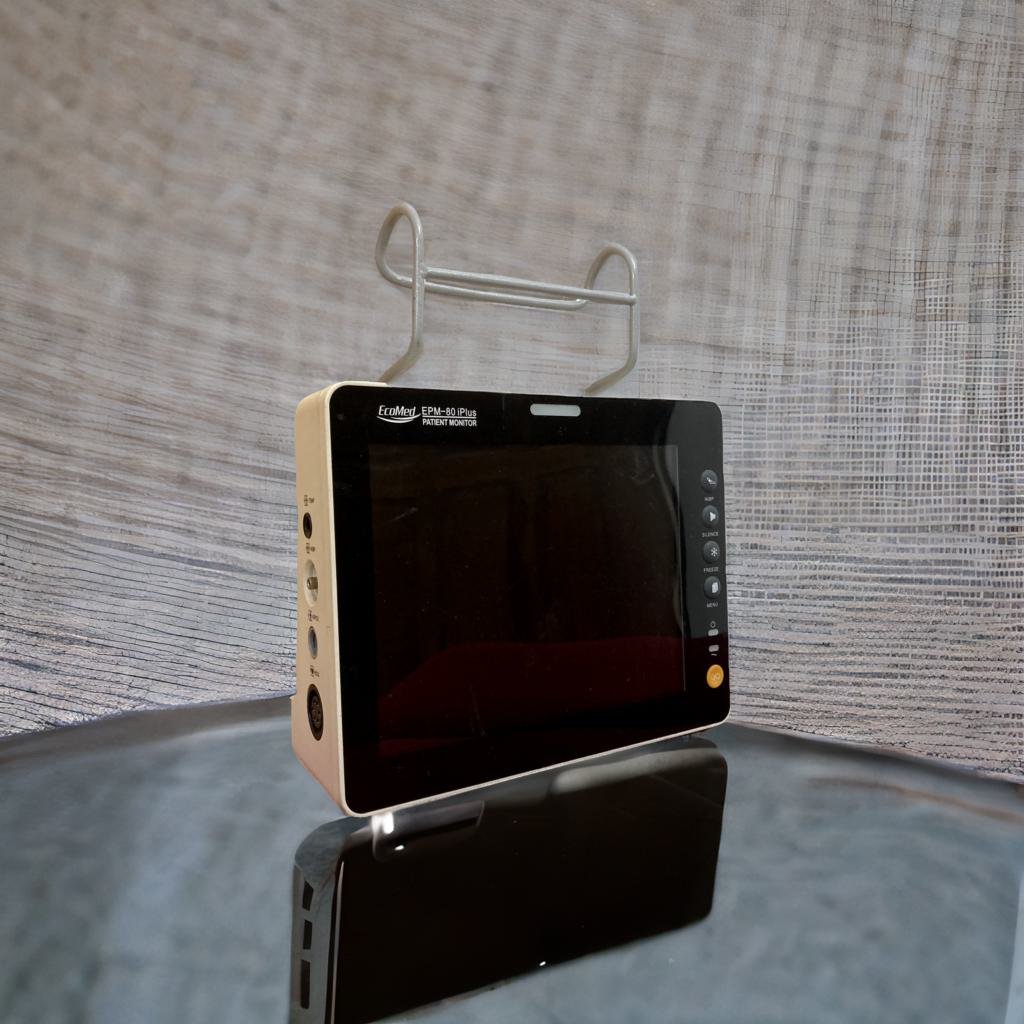Patient Monitor Rent BD
Enhancing Patient Care: The Comprehensive Guide to Renting Patient Monitors
In the realm of healthcare, ensuring the well-being of patients is paramount. One critical aspect of patient care is continuous monitoring of vital signs and health parameters. Patient monitors play a pivotal role in this regard, providing real-time data that enables healthcare professionals to make informed decisions promptly. However, acquiring patient monitors can be a significant investment for healthcare facilities. Fortunately, rental services offer a cost-effective solution, allowing healthcare providers to access advanced monitoring technology without the burden of ownership. This comprehensive guide explores the benefits, features, and considerations associated with renting patient monitors, empowering healthcare facilities to enhance patient care effectively. Patient Monitor Rent BD.
Understanding Patient Monitors
Patient monitors are sophisticated medical devices designed to track and display various physiological parameters vital for patient assessment and management. These parameters typically include heart rate, blood pressure, oxygen saturation, respiratory rate, and temperature. Modern patient monitors feature advanced functionalities such as ECG monitoring, capnography, and invasive pressure monitoring, providing comprehensive insights into patient health. With customizable alarm settings, patient monitors alert healthcare providers to deviations from normal ranges, enabling timely interventions to prevent adverse events. Patient Monitor Rent BD.
Benefits of Renting Patient Monitors
Renting patient monitors offers numerous advantages for healthcare facilities of all sizes. Firstly, it eliminates the upfront capital expenditure associated with purchasing monitoring equipment, allowing facilities to allocate resources more efficiently. Additionally, rental agreements often include maintenance and technical support, ensuring optimal performance and reliability. Flexibility is another key benefit, as rental services offer scalability to accommodate fluctuating patient volumes or temporary needs, such as during peak seasons or special events. Moreover, renting allows access to the latest technology without the hassle of equipment obsolescence, ensuring that healthcare providers can deliver high-quality care using state-of-the-art equipment.
Types of Patient Monitors Available for Rent
Patient monitors come in various configurations to suit different clinical settings and patient populations. Standard bedside monitors are commonly used in hospital wards and intensive care units, providing continuous monitoring for critically ill patients. Portable monitors offer flexibility for ambulatory patients or those undergoing procedures outside of traditional healthcare settings. Specialized monitors, such as fetal monitors for obstetric care or anesthesia monitors for surgical procedures, cater to specific clinical requirements. Depending on the needs of the facility, rental services offer a wide range of patient monitors with diverse features and capabilities to meet clinical demands effectively.
Factors to Consider When Renting Patient Monitors
Several factors should be considered when selecting patient monitors for rental purposes. Firstly, compatibility with existing healthcare infrastructure is essential to ensure seamless integration and interoperability with electronic health records systems. User interface and ease of operation are also crucial considerations, as intuitive monitors facilitate efficient workflow and minimize training requirements for staff. Additionally, monitoring parameters and features should align with the clinical requirements of the patient population served by the facility. Rental agreements should be evaluated for terms regarding equipment maintenance, technical support, and flexibility in adjusting rental terms to suit evolving needs.
Rental Process and Logistics
The process of renting patient monitors typically involves several steps, starting with an assessment of the facility's monitoring needs and budget constraints. Healthcare providers can then request quotes from reputable rental providers, comparing pricing, equipment specifications, and service offerings. . Rental agreements may include provisions for equipment training for staff to ensure proper usage and troubleshooting procedures. Throughout the rental period, ongoing technical support and maintenance services are provided to address any issues promptly and minimize downtime.
Maximizing the Value of Rental Services
To maximize the value of renting patient monitors, healthcare facilities can explore additional services and support offered by rental providers. This may include remote monitoring capabilities, data analytics tools, or customization options to tailor monitoring parameters to specific clinical needs. Collaboration with rental providers can facilitate continuous improvement initiatives, allowing facilities to optimize workflows, enhance patient outcomes, and streamline resource utilization.






